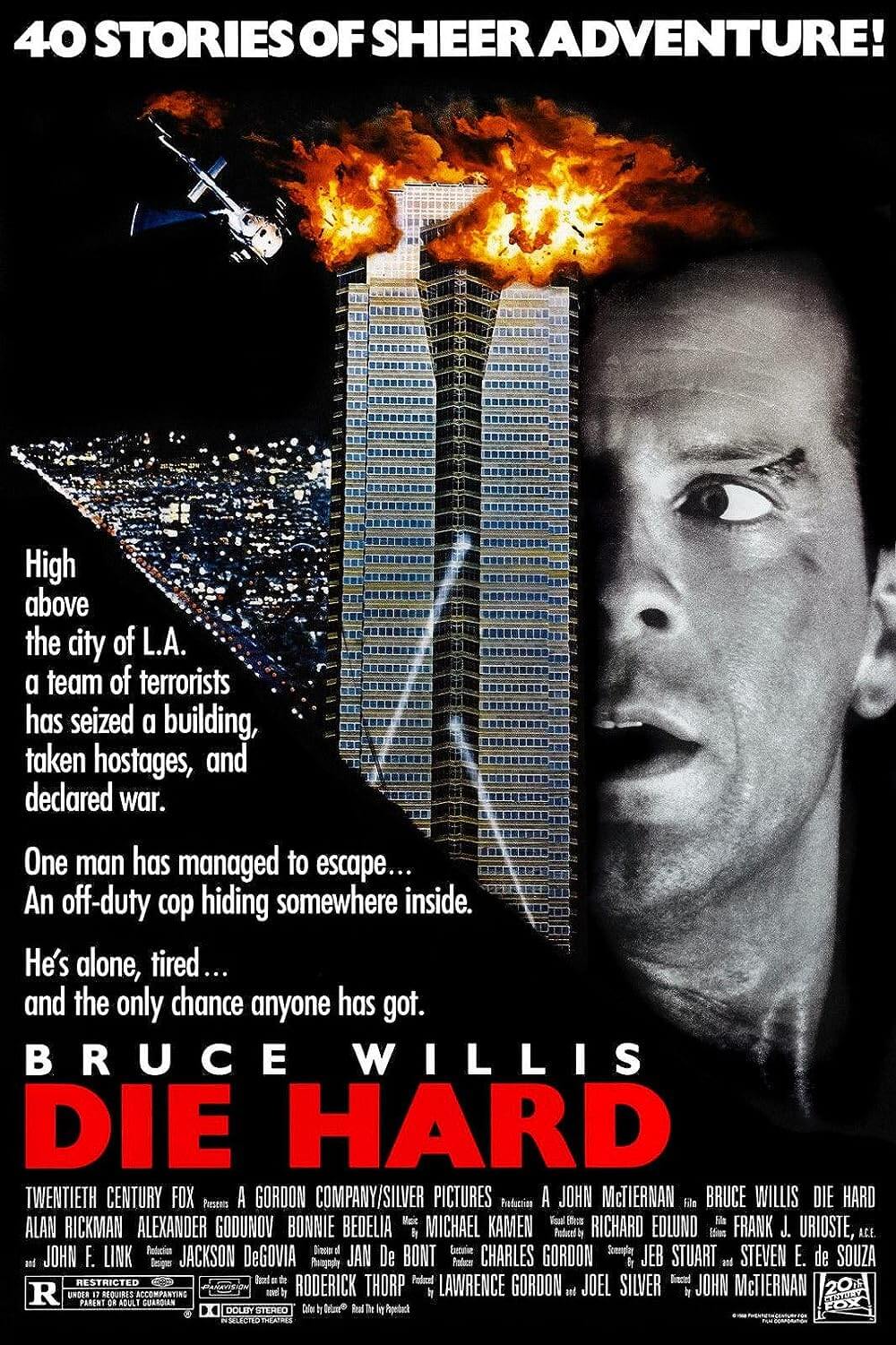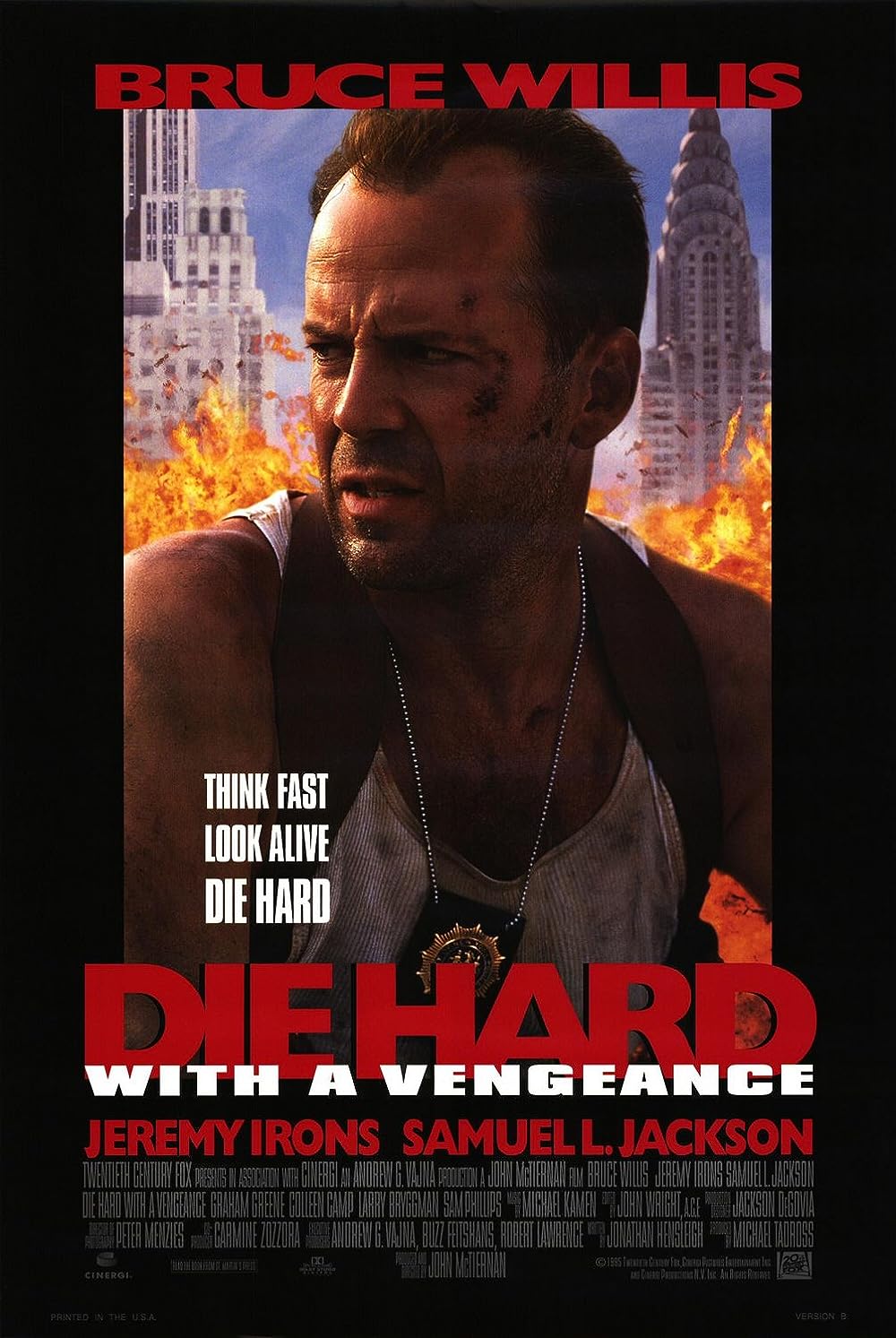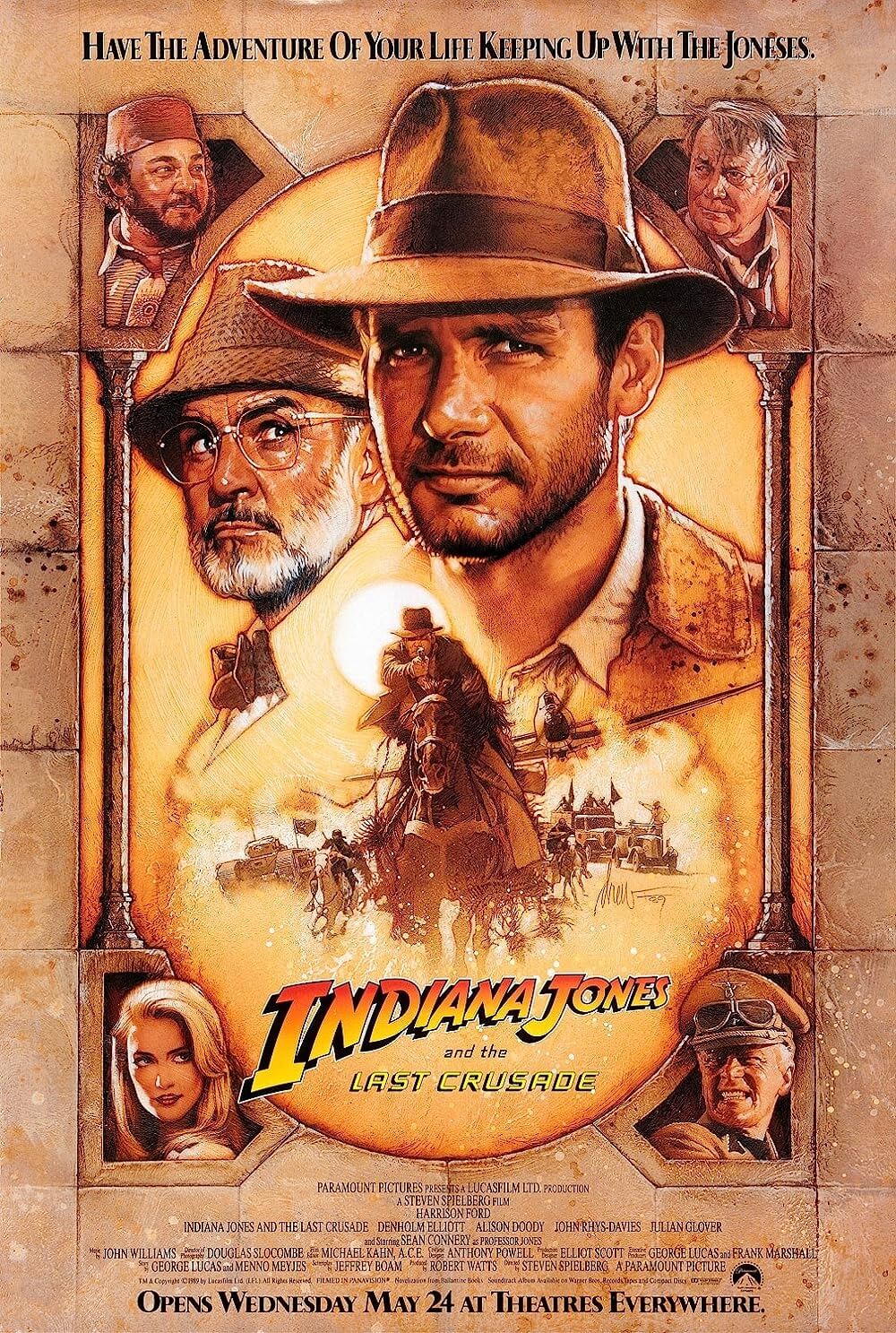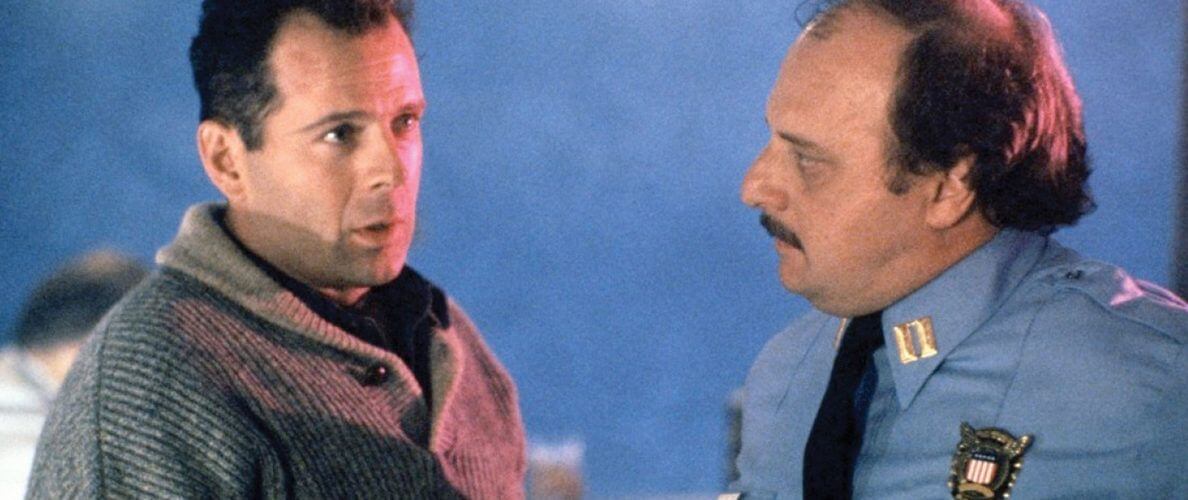
Die Hard 2: Die Harder
By Brian Eggert |
Perhaps a rushed, money-minded desire to repeat a proven blockbuster formula spawned the disaster that is Die Hard 2: Die Harder, a prototypical Hollywood sequel in all the worst associated ways. Where its predecessor broke ground by sidestepping action movie stereotypes, this sequel takes a step backward, falling into pre-Die Hard action movie cheese, while also failing to innovate on what came before it. Worse, gone are the vulnerabilities that made Bruce Willis’ John McClane an atypical action hero. A few nicks and bruises aside, he comes out of this one without a scratch. No wonder, since he enters the film’s conflict with little else to do except rescue the damsel and save the day. Rather than desperation to prove his masculinity to his empowered wife Holly (Bonnie Bedelia, once again), to be a hero here, McClane needs only to shoot people and argue with more bureaucratic-minded authorities. Throughout, he’s an invulnerable Schwarzenegger-esque hero, the kind whose feet pound the broken glass underfoot into inconsequential dust.
The first of many Die Hard sequels adapted from material not originally written for the series, Die Hard 2 was based on Walter Wagner’s novel 58 Minutes, which was gutted and refurbished to make John McClane the story’s hero. Die Hard co-writer Steven de Souza and then-first-time screenwriter Doug Richardson filled Wagner’s basic plot with cringe-worthy one-liners and enough bad wisecracks to make Carrot Top look like a comic genius. Rather than getting director John McTiernan back, who was then at his peak as a filmmaker, producer Joel Silver (Lethal Weapon, Predator) chose Finnish director Renny Harlin to helm Die Hard’s sequel. McTiernan was signed on to direct The Hunt for Red October, another success for him, and Silver just couldn’t wait until McTiernan was available. Harlin had just completed A Nightmare on Elm Street 4: The Dream Master (1988), so why Silver and 20th Century Fox thought Harlin capable of handling their blockbuster franchise based on a Freddy movie (and a subpar one at that) is another unsolvable Hollywood hiring mystery. Barely completing Die Hard 2 on time, the end product was well over budget and delivered scarcely before the film’s release date. Harlin would later go on to direct Die Hard-on-a-mountain, also known as Cliffhanger (1993), ironically a far superior film to Die Hard 2.
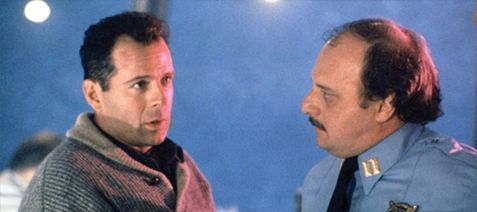 Set in and around a snowed-in Dulles International Airport in Washington DC (though filmed primarily in Michigan), the film opens on another Christmas Eve and finds McClane once again fighting a band of terrorists. The prevailing snowy weather offers little by way of an interesting environmental contrast to Die Hard, originally set in Los Angeles, where Christmas means sunny skies and foreign territory for this New York cop. The action starts almost immediately, as ex-military terrorists infiltrate Dulles for reasons that go largely unexplained for much of the film. They seize power over the control tower and force all incoming planes to circle, their fuel wasting away. Luckily McClane is there to catch wind of the terrorist presence. Gunfire battles and a bicycle-assisted tackle ensue. Questions of jurisdictional authority and crime scene integrity also arise as McClane butts heads with the airport’s resident pigheaded police authority, the ever-shouting Capt. Carmine Lorenzo (Dennis Franz). But no matter how much McClane asserts himself on the ground, his masculinity remains neutered since his battle to reassert his machismo in Die Hard seems to have been in vain and digressed between the first and second film.
Set in and around a snowed-in Dulles International Airport in Washington DC (though filmed primarily in Michigan), the film opens on another Christmas Eve and finds McClane once again fighting a band of terrorists. The prevailing snowy weather offers little by way of an interesting environmental contrast to Die Hard, originally set in Los Angeles, where Christmas means sunny skies and foreign territory for this New York cop. The action starts almost immediately, as ex-military terrorists infiltrate Dulles for reasons that go largely unexplained for much of the film. They seize power over the control tower and force all incoming planes to circle, their fuel wasting away. Luckily McClane is there to catch wind of the terrorist presence. Gunfire battles and a bicycle-assisted tackle ensue. Questions of jurisdictional authority and crime scene integrity also arise as McClane butts heads with the airport’s resident pigheaded police authority, the ever-shouting Capt. Carmine Lorenzo (Dennis Franz). But no matter how much McClane asserts himself on the ground, his masculinity remains neutered since his battle to reassert his machismo in Die Hard seems to have been in vain and digressed between the first and second film.
Indeed, in Die Hard, it’s suggested that Holly, who moved to L.A. for a promotion, has all but declared herself independent from him. Throughout the course of the first film’s Freudian subtext, McClane sets out to reclaim his control over his wife and family, making peace with both his masculine and feminine egos to re-establish his relationship with her. The conflict between the married couple is apparent throughout and crucial not only to the plot but also to the film’s emotional resonance. In Die Hard 2, however, no such subtextual conflict exists. McClane has nothing to prove here. Any “progress” he made achieving his Alpha Male status in the first film is essentially undone, leaving him emasculated by whatever new developments occurred in their marriage between the two movies. Now he submits to Holly’s authority as the top breadwinner and has even given up his New Yorker identity to become an L.A. cop. When the film opens, like a good husband, he’s waiting for his wife’s plane to arrive and driving his mother-in-law’s car no less. However admirable it is for McClane to have become a family man, this development weakens the character’s growth in the first film.
De Souza and Richardson’s unimaginative script instead settles on an easy theme—the notion of how the same situation could happen to McClane twice. Even McClane picks up on the repetitiveness within the movie. We’re bombarded with winking-at-the-camera lines like this: “Another basement, another elevator. How can the same shit happen to the same guy twice?” One feels the need to ask screenwriters de Souza and Richardson the same question. Of course, it’s all meant in the spirit of good humor. Indeed, it would be comically self-referential if the writers had limited themselves to a single nod to the sequel’s plot being carbon-copied from the first film. But all we can do is roll our eyes when in the finale Holly asks, “Why does this keep happening to us?” By the end, the film has made the same joke four or five times, but only the first time elicits a mild chuckle, very mild. Granted, part of McClane’s character is his penchant for comic quips and sarcastic asides in between blasting bad guys. This includes making observations about the absurdity of his own situation. But the extent to which the film points out its own status as a blockbuster sequel removes any sense of involvement.
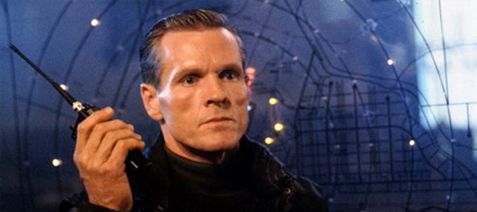
Also uninvolving are Die Hard 2’s terrorists, particularly when compared to Alan Rickman’s charismatic Hans Gruber and his Euro-trash crew. William Sadler (great in small roles in The Shawshank Redemption and several episodes of Tales from the Crypt) plays American Col. Stuart, a turncoat who, along with his band of treasonous cohorts, schemes to help a Noriega-esque political prisoner (Franco Nero) escape capture. To what end, we never know. Stuart’s motivations are less important than his sheer villainy—which provides McClane with someone to kill. One scene involves Stuart practicing martial arts moves naked in front of his hotel room TV, his demonstration of his male prowess meant to pose a threat to McClane’s male ego. But instead, it becomes laughable when Stuart uses a martial arts move to switch the TV off. We never care about the antagonists’ cause, nor are we certain what the result would be, should they succeed. In contrast, Gruber was sophisticated, and when his seeming terrorist plot is revealed to be an elaborate heist, we almost want him to get away with it. Stuart is uninterestingly evil; at one point, he causes a fully loaded airliner to crash and burn—and for what? To help an obscure political entity escape? That we never fully grasp Stuart’s motivation eliminates much of the film’s conflict.
Returning are a few familiar faces. McClane has his legwork done by Reginald VelJohnson’s Sgt. Powell, who apparently hasn’t given up the Twinkies, but whose appearance is oddly inconsequential (probably why he’s forgotten altogether when Die Hard with a Vengeance comes around). William Atherton returns as arrogant reporter Richard Thornburg, once again put out of commission by Holly. Neither of these characters is necessary. Had they been deleted from the script, it could have only improved the story, as their awkward placement was clearly forced as a reference point back to the original. Even Holly seems anecdotal, as she’s primarily looking out her plane window or making the sign of the cross in hopes that her hubby will save the day. He does, and when they’re reunited, we don’t feel as though McClane has accomplished much beyond stopping the bad guys. He doesn’t grow as a person, nor does he restore his marriage. Such a lack of purpose is what makes this the least interesting Die Hard of them all.
Even the subtitle “Die Harder” reveals creative laziness, a quality present not only in the cheap title but spread throughout the film like a fungus. Harlin’s direction is ample, the action scenes easy to follow and mildly diverting, but the film doesn’t set itself apart from every other mindless actioner in the genre. In every way that Die Hard was original and something new, Die Hard 2 fails to honor that by resigning to more of the same—indeed, sameness is the film’s central theme. It insults us by suggesting that, within two years, we might forget how expert an action movie the original was. Reaching the kind of extreme lows that other franchises don’t usually arrive at until the third or fourth go-round, the studio’s mechanical attempt to recreate what made the first film great clearly misses the point: the original was about reinvention; known action movie archetypes were purposefully avoided. By reusing elements invented by Die Hard rather than continuing the tradition of reinvention to expand upon the hero’s mythology, the filmmakers took the easy way out. They made what has become a classic example of a bad, lazy Hollywood sequel.
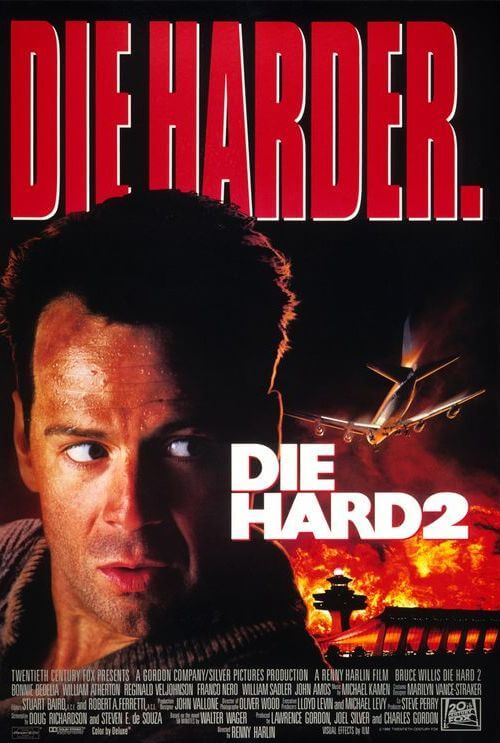
Thank You for Supporting Independent Film Criticism
If the work on DFR has added something meaningful to your love of movies, please consider supporting it.
Here are a few ways to show your support: make a one-time donation, join DFR’s Patreon for access to exclusive writing, or show your support in other ways.
Your contribution helps keep this site running independently. However you choose to support the site, please know that it’s appreciated.
Thank you for reading, and for making this work possible.
Brian Eggert | Critic, Founder
Deep Focus Review


